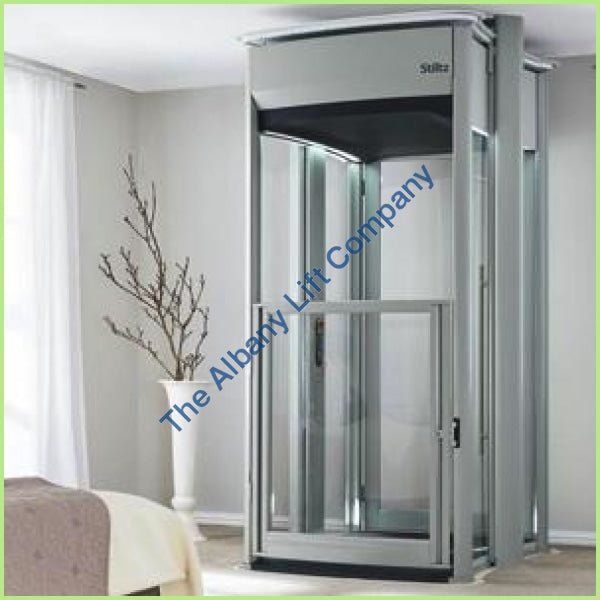Leading Lift Companies in London: Supplying Exceptional Service and Assistance
Leading Lift Companies in London: Supplying Exceptional Service and Assistance
Blog Article
Digging Into the World of Elevators: Typical Issues Encountered by Numerous Lift Devices
As we navigate with the upright transport systems of modern-day buildings, lifts stand out as a vital part of our everyday lives. From hydraulic elevators to grip systems and machine-room-less designs, each lift kind comes with its set of typical issues.
Hydraulic Lifts
Hydraulic elevators, frequently chosen for low-rise structures, make use of fluid stress to control the movement of the lift car (lift repair companies). This mechanism entails a hydraulic pump pressing oil into a cyndrical tube, causing the lift to relocate in the preferred instructions. While hydraulic elevators are understood for their quiet and smooth procedure, they do feature their very own collection of common problems
One prevalent issue with hydraulic elevators is oil leakage. In addition, issues with the control system, such as damaged shutoffs or a malfunctioning pump, can create interruptions in the lift's movement.
Regular maintenance and prompt repairs are necessary to make sure the smooth performance of hydraulic elevators. By attending to these usual problems proactively, building owners can decrease downtime and ensure the safety and security and efficiency of their vertical transportation system.
Grip Elevators
When considering vertical transport systems in structures, an additional typical type apart from hydraulic elevators is the traction lift. Traction lifts run utilizing a system of ropes and weights that relocate the lift auto by gripping onto the hoist ropes. This mechanism permits smoother and quicker upright transportation contrasted to hydraulic systems.
Among the typical problems dealt with by traction elevators is rope wear. The constant motion of the ropes within the grip system can result in damage over time, possibly triggering the elevator to breakdown or become risky for use. Normal inspections and upkeep of the ropes are vital to make sure the elevator's proper functioning and safety and security.
One more concern that grip lifts may experience is connected to the control system. Problems with the control system can bring about problems such as irregular movement, delays in feedback times, and even full closures. Routine testing and upkeep of the control system are vital to stop such issues and guarantee the elevator's reliability.
Machine-Room-Less (MRL) Lifts

One of the vital elements of MRL elevators is the compact gearless traction machine that is mounted within the hoistway. this link This maker successfully drives the lift car without the demand for bulky equipment found in standard grip lifts. In addition, MRL elevators typically use a weight system to stabilize the car, further enhancing their power effectiveness.
Despite their advantages, MRL lifts may encounter obstacles connected to repair and maintenance because of the confined area for equipment installation. Accessibility for servicing components within the shaft can be limited, requiring specialized training for technicians. Appropriate upkeep routines and normal inspections are crucial to make sure the continued smooth operation of MRL elevators.
Overloading and Weight Restriction Issues
Are lifts outfitted to handle excess weight lots effectively and safely? Straining and weight limit concerns are essential concerns in elevator procedures. Elevator producers design lifts with specific weight capabilities to ensure guest safety and security and equipment durability. Exceeding these weight limitations can result in different problems, consisting of mechanical failures, delays, and safety and security risks.
When elevators are overloaded, it puts too much stress on the motor, cable televisions, and various other components, possibly triggering malfunctions or malfunctions. If they identify excess weight, safety mechanisms such as sensors and overload sensing units are in location to protect against elevators from moving. Additionally, going beyond weight limits can result in raised power intake and deterioration on the elevator system.
To minimize overwhelming problems, building managers should prominently display weight limitations in lifts and inform passengers on the significance of adhering to these limitations - lift repair companies. Routine maintenance checks by qualified technicians can also help ensure that lifts are running within secure weight parameters. By addressing overloading and weight restriction problems proactively, building owners can boost lift safety and efficiency
Electrical System Failures
Surpassing weight limits in elevators can not just lead to mechanical issues but additionally potentially contribute to electrical system failures within the lift facilities. Electric system failings are a critical problem in elevator procedure, as they can cause unforeseen closures, malfunctions, or also safety dangers.
Routine upkeep and evaluations are essential to identify and resolve potential electric concerns promptly, guaranteeing the efficient and risk-free operation of lift his explanation systems. By adhering to weight limitations and carrying out routine electrical system checks, structure owners can alleviate the danger of electrical failings in lifts.
Final Thought

Hydraulic elevators, often chosen for low-rise structures, utilize fluid stress to manage the motion of the elevator auto.When considering upright transport systems in buildings, one more usual type apart from hydraulic lifts is the grip lift. Traction lifts operate using a system of ropes and counterweights that relocate the lift car by clutching onto see it here the hoist ropes. Unlike typical lifts that require a different device room to house the tools, MRL elevators incorporate most of the parts within the shaft, eliminating the need for a committed equipment space.In conclusion, elevators deal with usual issues such as hydraulic breakdowns, traction system failings, and electric system issues.
Report this page